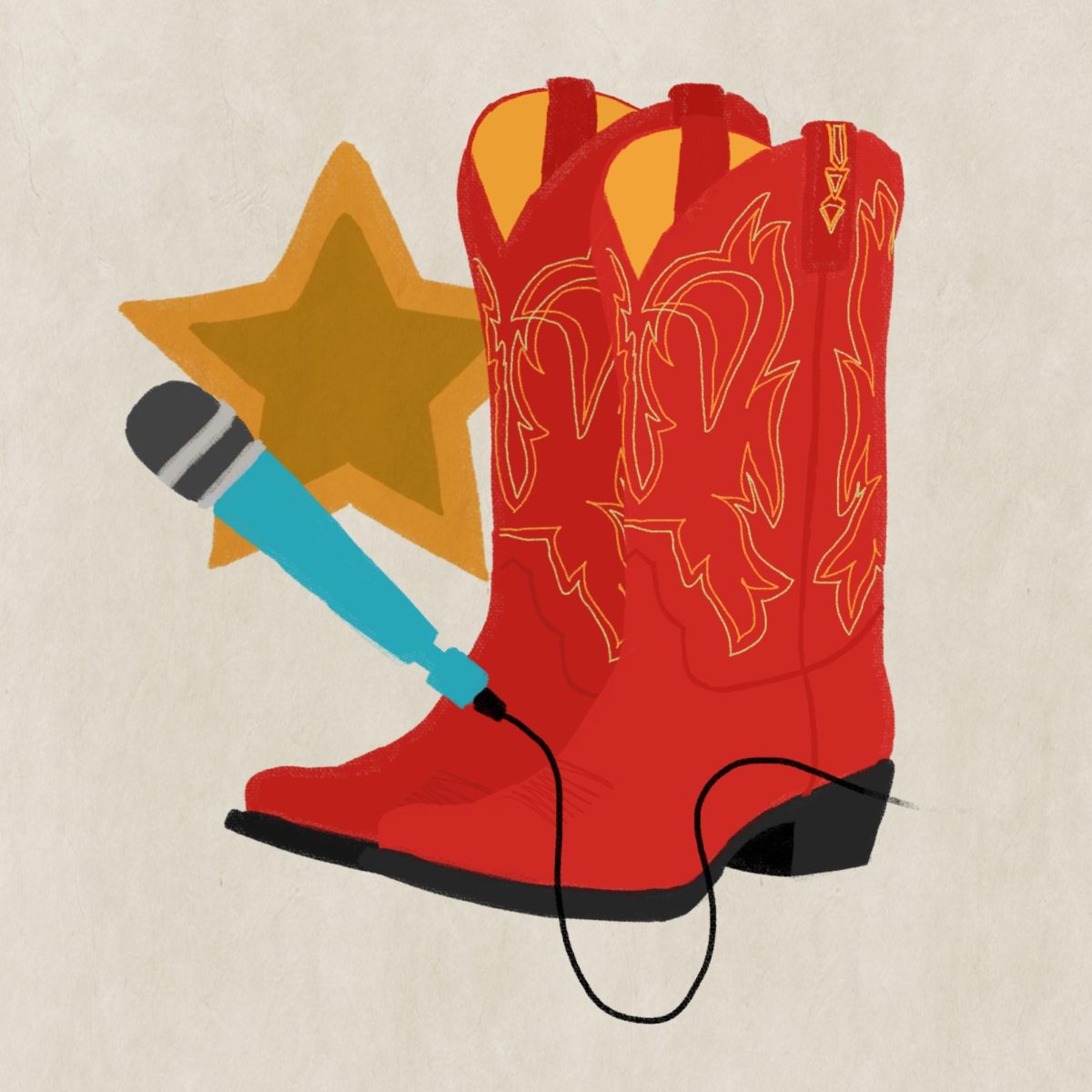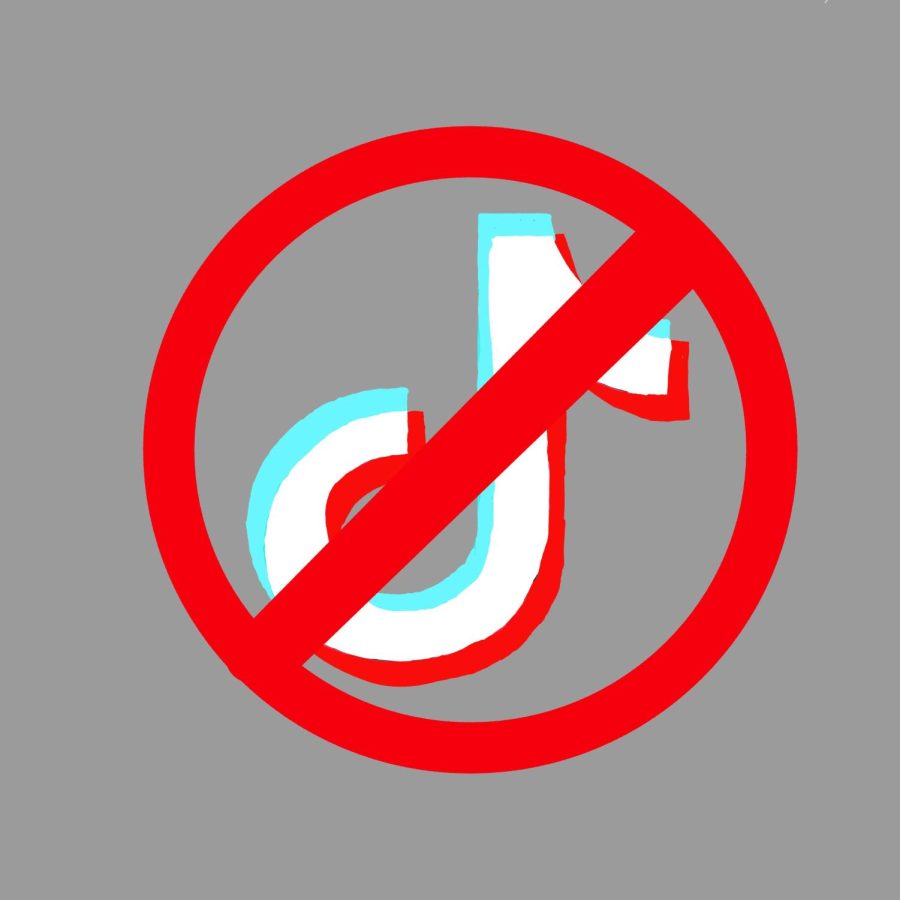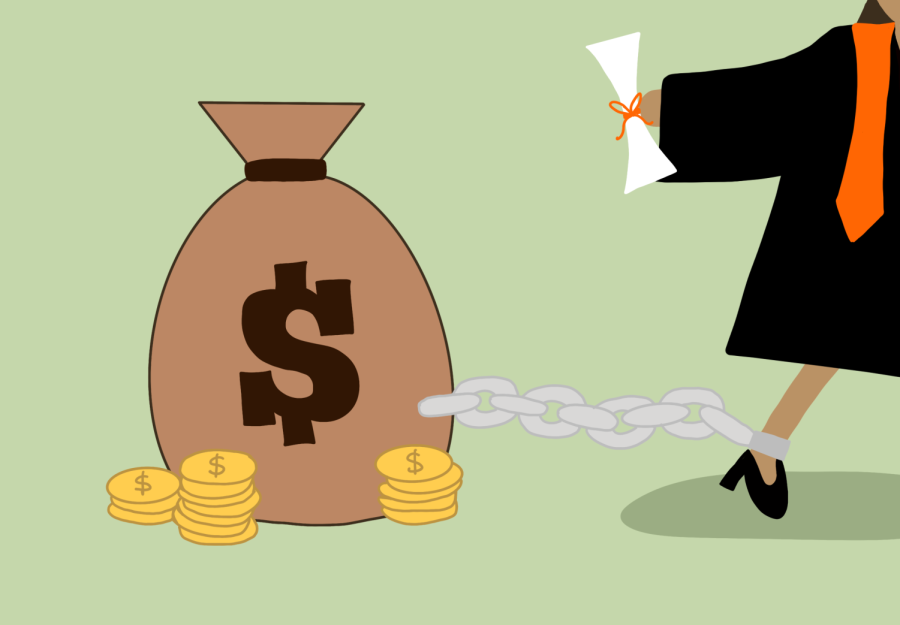There is pop music, the genre, then popular music, the cyclical wave of music genres that consume the radio, grip the public and generally shift every ten years. Popular music is the most reflective marker of culture and events of its era.
The rising social consciousness and increased drug experimentation of the ‘60s gave way to psychedelic and rock music. The dawn of the digital age led to the ‘80s synth sound. The ‘90s began with the fall of the Soviet Union and a victory for American capitalism, which was reflected in the global monopoly of popular culture from anti-establishment grunge to the commercial swagger of R&B and hip-hop. What is, or will be, the popular music of the 2020s?
The key catalysts of the current decade began in 2016 with the election of Donald Trump and the COVID-19 pandemic in 2020. The consequent widening divide of American society and dependence on algorithmic technology manifests in the hyper-individualism of many things, especially our music tastes. The only collection of songs many people may recognize is whatever is trending on TikTok.
Yet, the culture is rife with material to transform into musical social commentary. Through the blue face masks and Instagram infographics rises the unlikely man of the hour — country music.
Beyoncé is heading into another decade of cultural relevance with her latest top-charting single, “Texas Hold ‘Em.” The second installment of her three-act project is one of the many anticipated country albums to be released this year: “American Sniper” actor Luke Grimes is releasing his debut album and Kacey Musgraves extends her legacy with the upcoming album “Deeper Well.” Post Malone is making the transition and teased an upcoming album in the genre. Even among the indie crowd, Lana Del Rey recently announced her next album, “Lasso,” after traveling the south and waitressing at a Waffle House. It would not be impossible for Taylor Swift to do a full circle and release another country album.
This wave of country music is more than a coincidence; the climate is perfect for it. The popular themes within the genre often refer to a unique kind of American lifestyle — and problems — on the return. The spectrum ranges from booze and guns to renewing spiritual commitments. More secular country music speaks of relatable topics like the working-class struggle, relationship problems between men and women and pride in the local community and environment.
The aesthetics of country, though it may not be authentic, has the potential to be more than a short-lived trend. Nostalgic Americana has been simmering underneath much of the popular culture of the 2010s, such as with the home-brewed beer of flannel-wearing major city hipsters. The intersection of a need for third spaces and a desire to support small businesses could bring around an update to dive bars, saloons or dance halls. Blue-collar brands like Carhartt have already outgrown their original purpose and have become a fashion statement.
Most importantly, the simplistic structure of country music allows for many subgenres to flourish. Bluegrass may not be the majority’s taste, but hybrids with metal, hip-hop and indie make it accessible to a broader audience. Even the traditional acoustic song may suddenly appeal to the public in contrast to the overproduced tracks that dominated the billboard for years.
Combine relevant topics, a renewal in long-term trends and boundless sonic potential, and it is only a matter of time before folks flock to Nashville as they do to Los Angeles and New York City in hopes of making it big. Keep an ear out for the country artists to ride the next pop culture wave.










